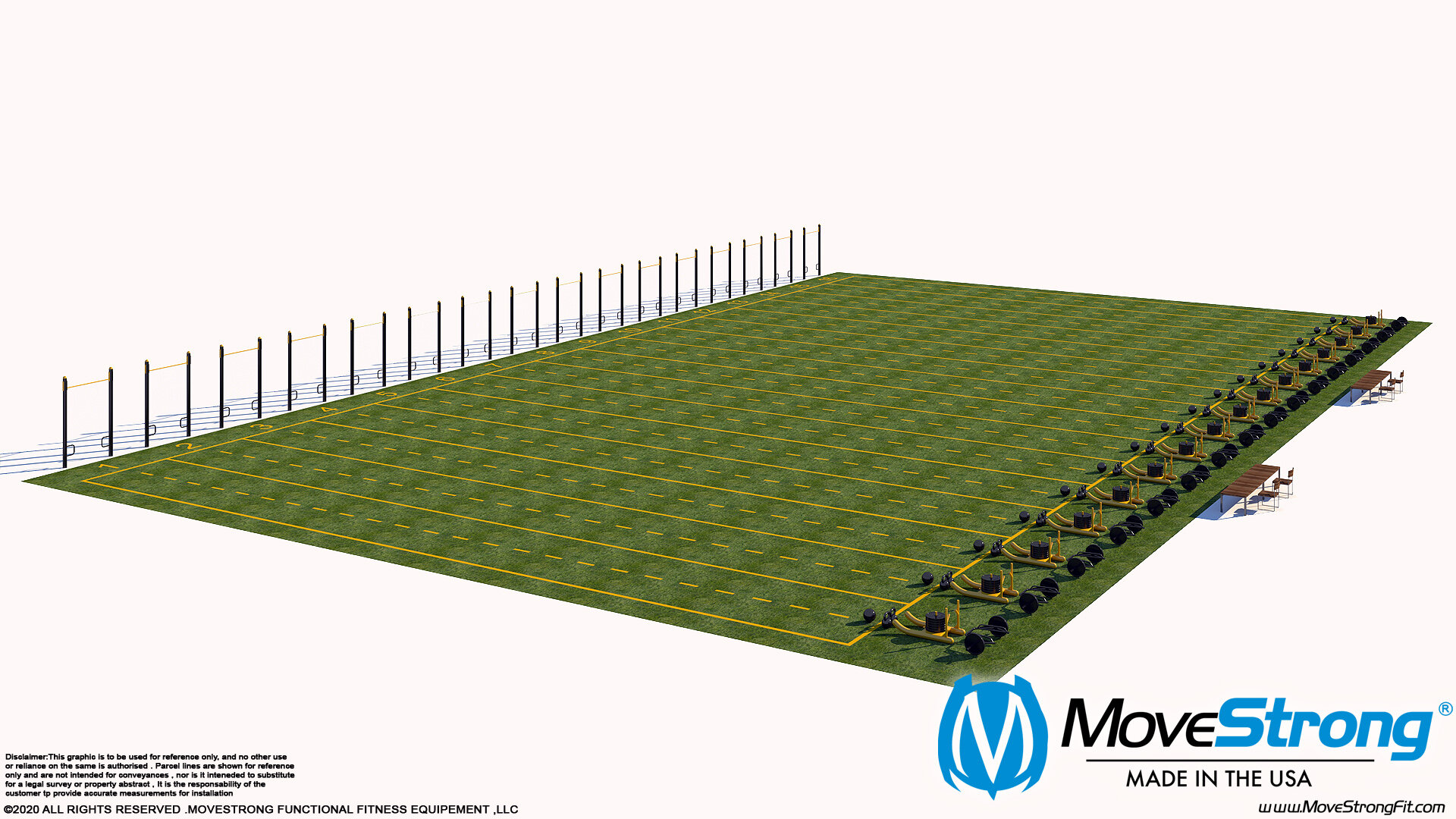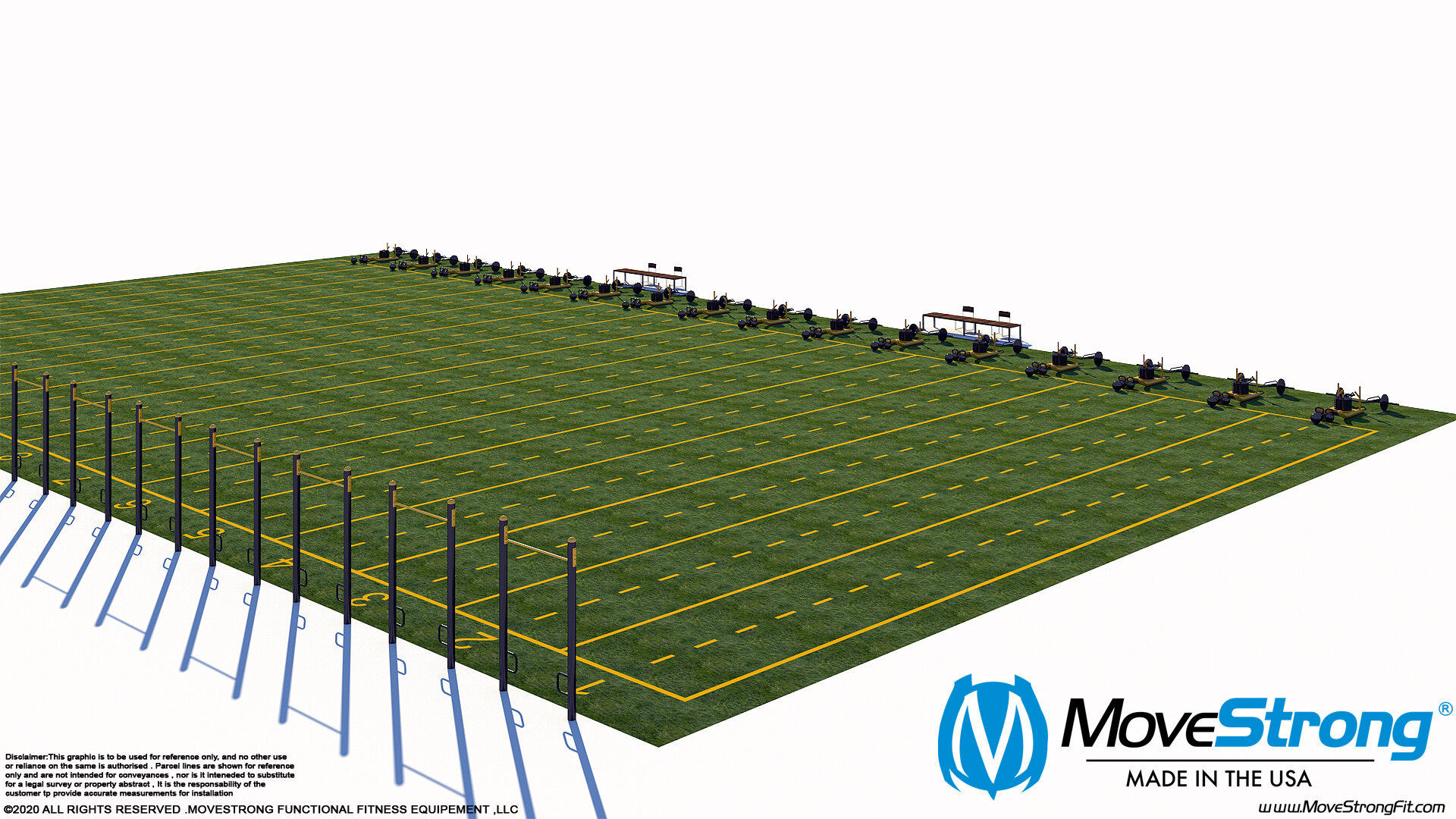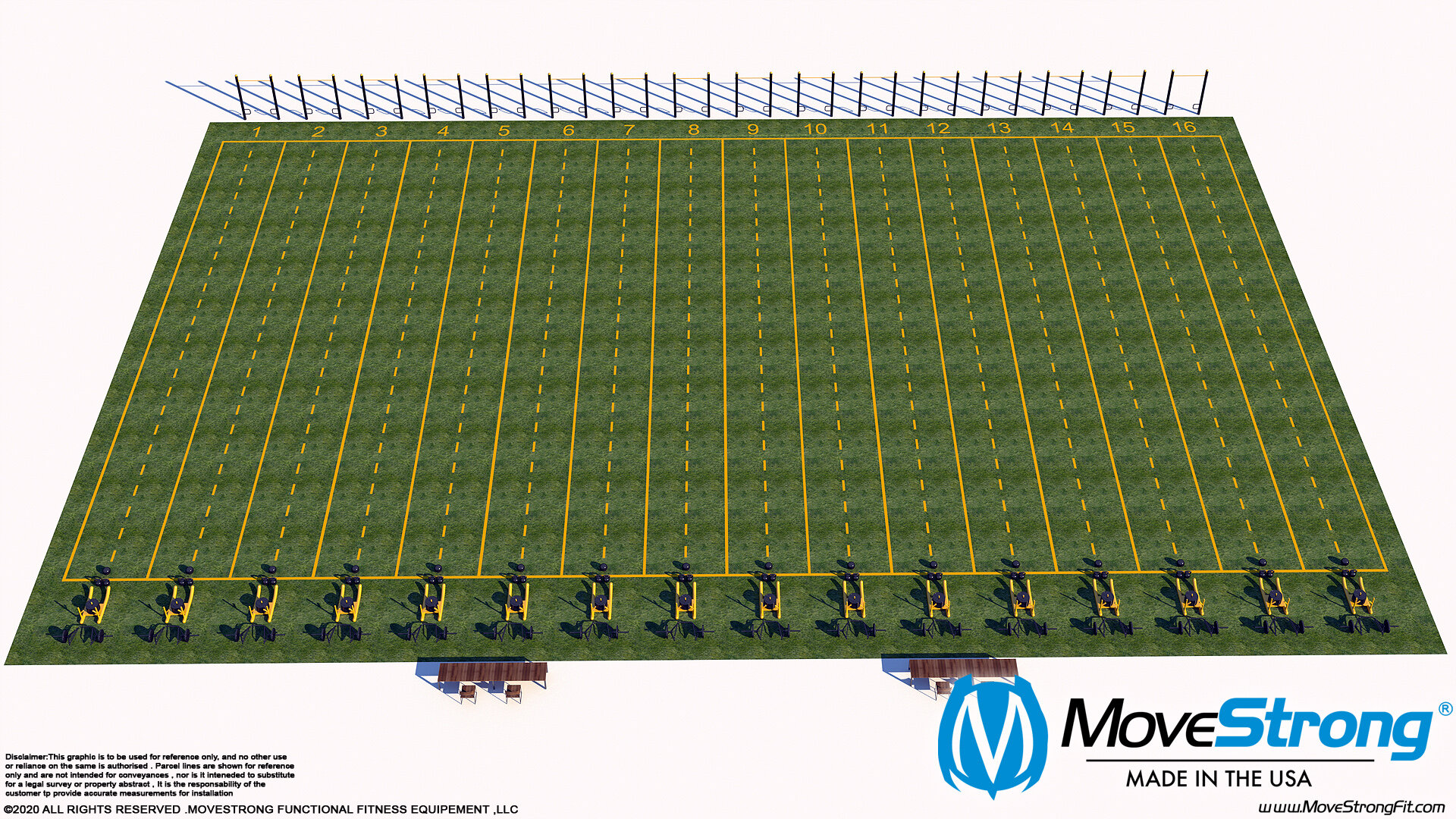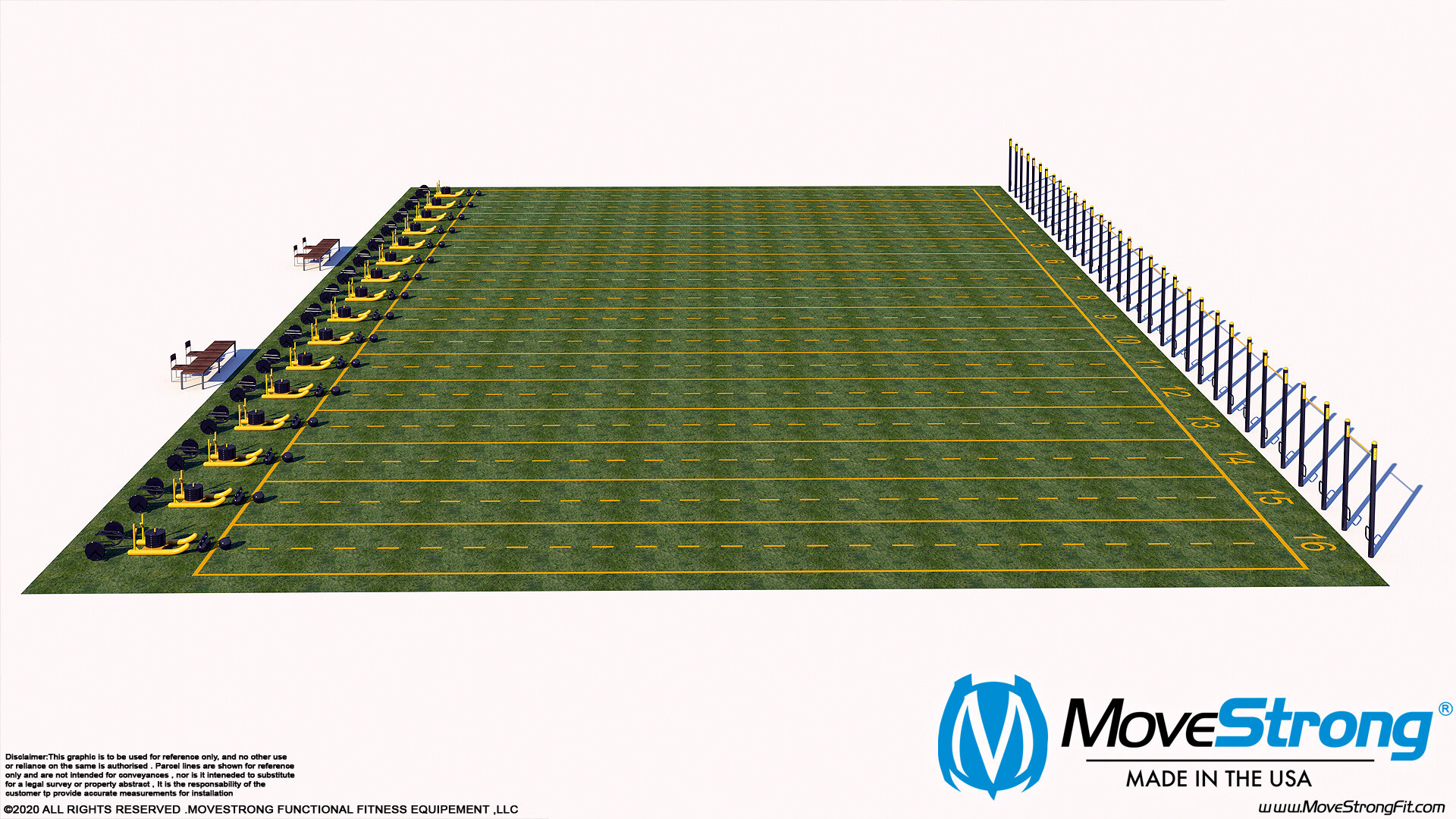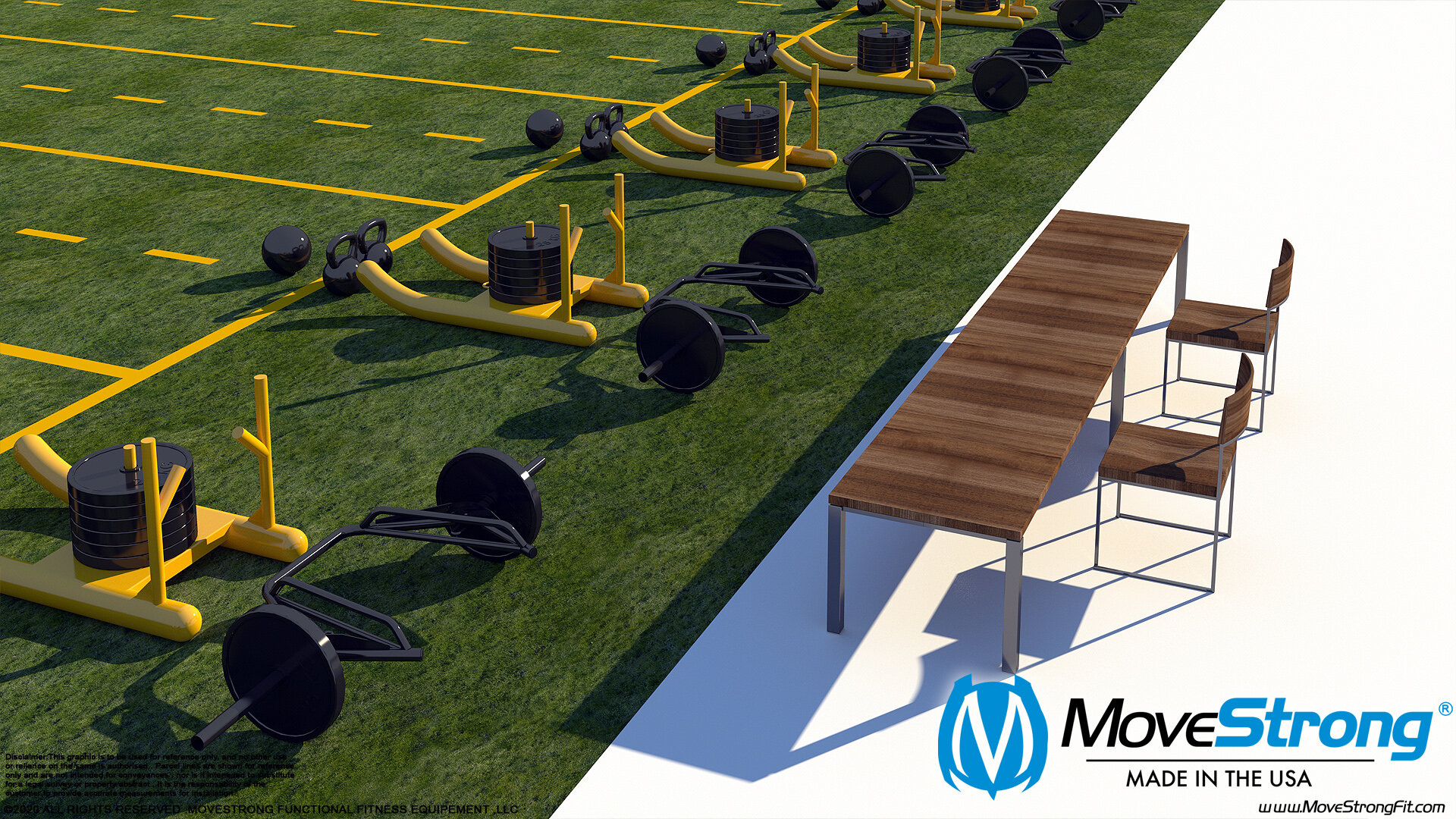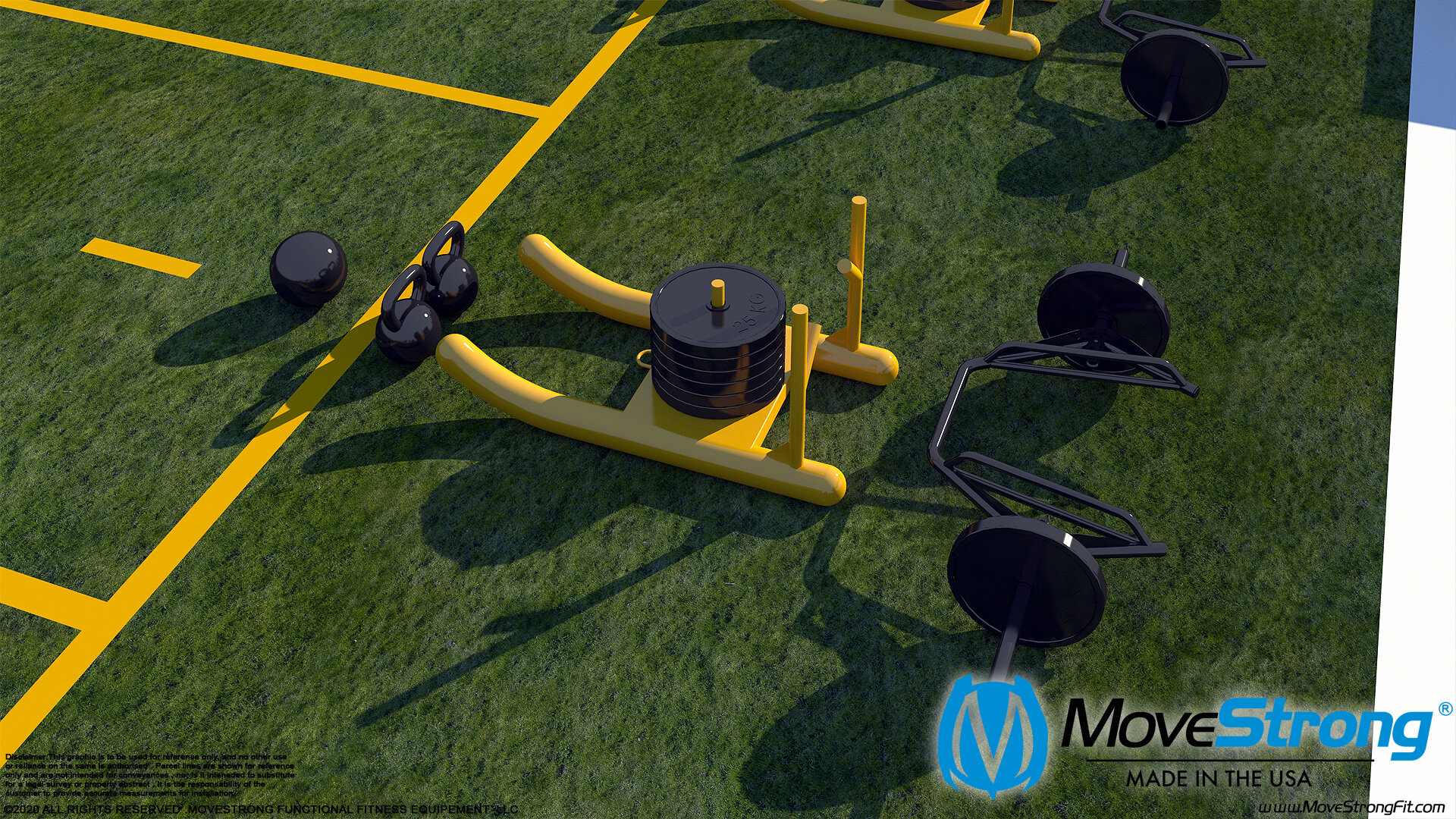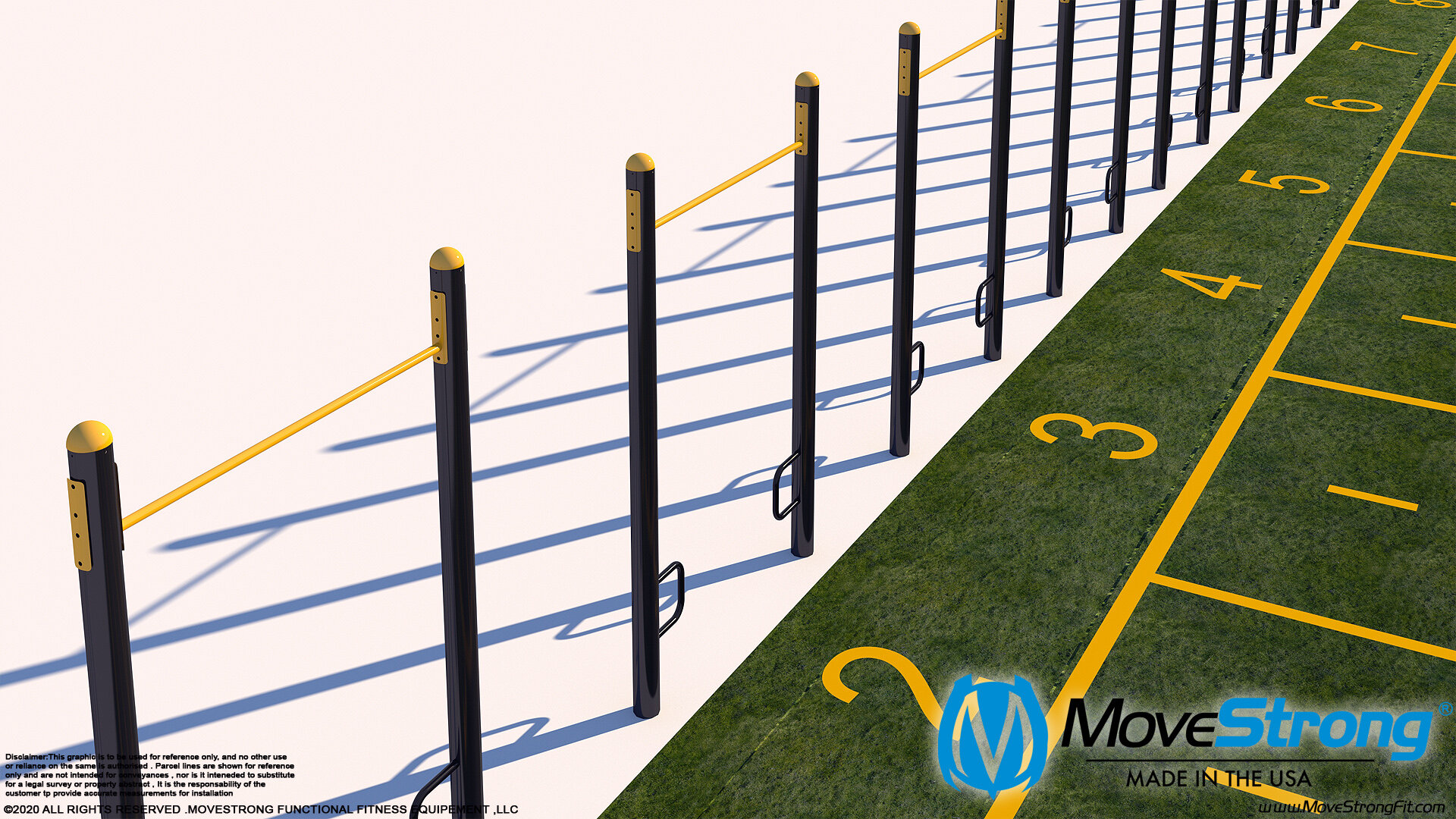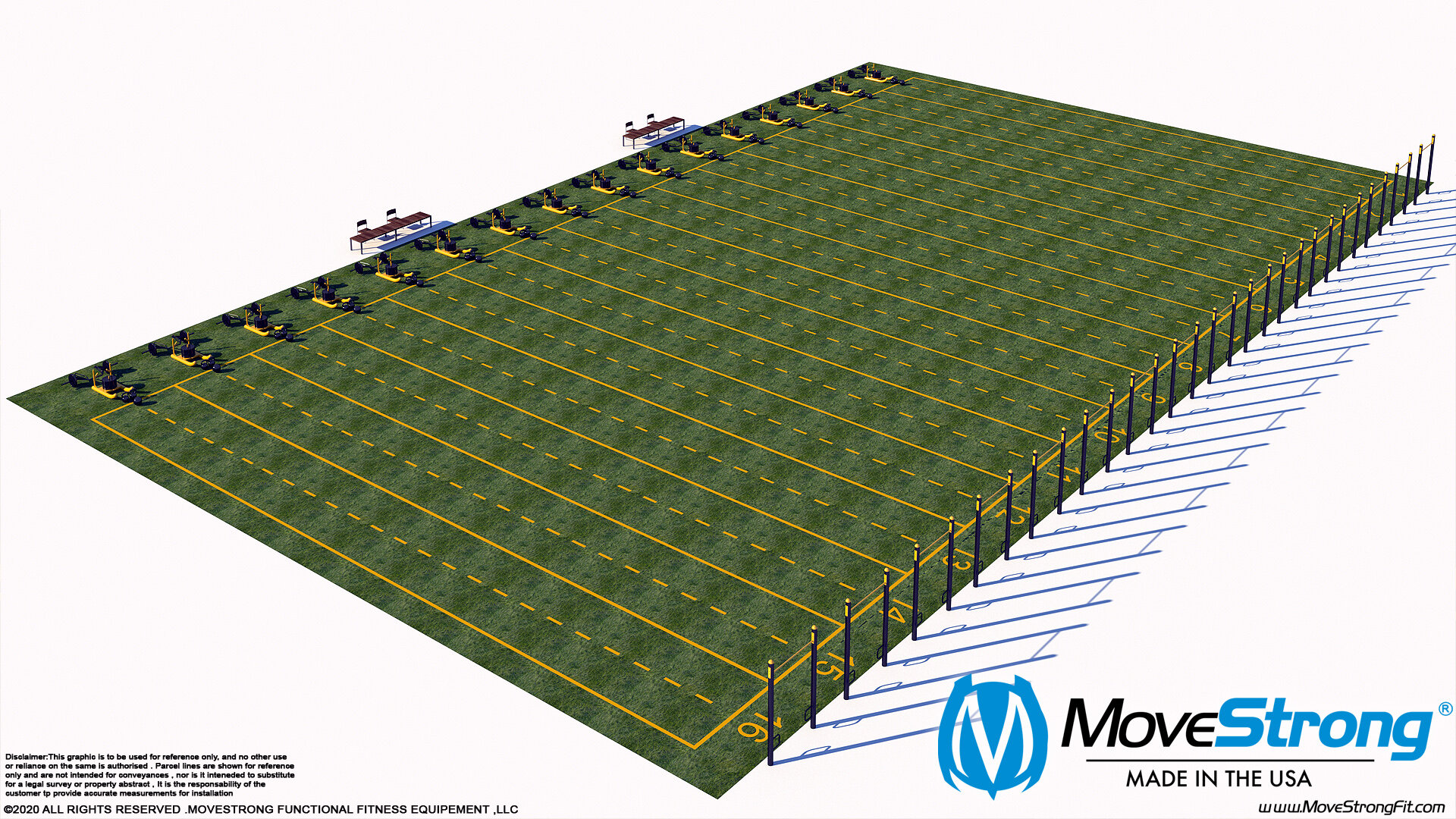New Army Combat Fitness Test 2.0 Course Design by MoveStrong
Helping Soldiers Meet The New Testing Standards
The United States Army has issued its new Army Combat Fitness Test (ACFT) to help soldiers to be better prepared for combat. The new test aims to improve readiness, transform fitness culture in the Army, reduce preventable injuries and attrition, and enhance mental toughness and stamina. At MoveStrong, we have a great deal of firsthand experience in creating training courses specifically designed for these types of assessments. We've worked with several Army units to not only design but help create training programs that elevate each soldier's physical fitness.
The new 2.0 Test is being launched in October 2020 and includes a few new exercises that incorporate modern trending functional fitness exercises. These exercises are designed to help the soldier in a real-world application. On the field, soldiers will encounter all types of physical challenges. Although the test is not being used administratively, it is being used as an overall assessment of each soldier's area of strength or opportunity for improvement.
In a recent project for the Army, we created and proposed a solution to include turn key a full layout to accommodate the new standards for the Army Combat Fitness Test. Our solution included turnkey planning, installation, artificial turf, and all equipment needed to facilitate testing. See an example of the work proposed turn-key ACFT layout below.
Course Design
Is created For the Core Exercises of the new army 2.0 ACFT
3 REPETITION MAXIMUM DEADLIFT (MDL)
The MDL event represents movements required to safely and effectively lift heavy loads from the ground, jump, bound and tolerate landing. It requires well-conditioned back and leg muscles and helps Soldiers to avoid upper and lower back injuries caused by moving long distances under heavy load.
Lifting and moving heavy loads from the ground (personnel and equipment)
Extracting a casualty on a litter
STANDING POWER THROW (SPT)
The SPT event represents tasks requiring quick explosive movements to maneuver equipment and personnel.
Throwing equipment onto or over an obstacle
Lifting Soldiers up; assisting a buddy to climb up a wall
Jumping across and over obstacles
Employing progressive levels of force in man-to-man contact
HAND RELEASE PUSH-UP - ARM EXTENSION (HRP)
The HRP is an upper body endurance test that represents repetitive and sustained pushing used in combat tasks.
Moving obstacles
Pushing an opponent away during man-to-man contact
Pushing a disabled vehicle
Getting to and from the ground during evasion and maneuver
Reaching out from the prone position when shooting, taking cover, or low crawling
SPRINT-DRAG-CARRY (SDC)
The SDC is a test of strength, endurance, and anaerobic capacity, which are needed to accomplish high intensity combat tasks that last from a few seconds to several minutes.
Reacting quickly to direct and indirect fire
Building a hasty fighting position
Extracting a casualty from a vehicle and carry them to safety
Carrying ammunition to a fighting position or vehicle
LEG TUCK (LTK)
The LTK assesses the strength of the Soldiers grip, arm, shoulder and trunk muscles. These muscles assist Soldiers in load carriage and in avoiding injuries to the back.
Surmounting obstacles and walls
Rope climbing, descending or traversing
TWO-MILE RUN (2MR)
The run event measures aerobic endurance, which is required for conducting continuous operations and ground movements on foot. Higher aerobic endurance allows the body to recover quickly in preparation for executing other physically demanding tasks that may arise during a ground movement, such as reacting quickly to enemy contact.
Dismounted movement
Ruck march
Infiltration

